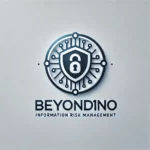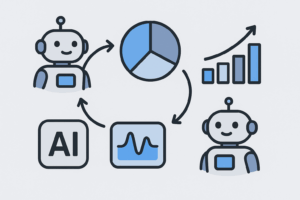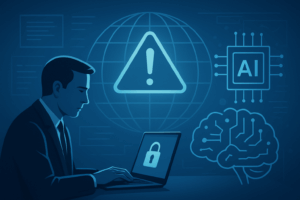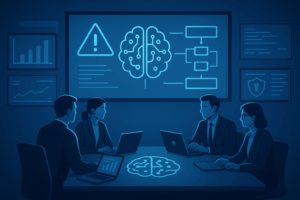“AI-powered.”
“Intelligent automation.”
“Next-gen machine learning.”
In 2025, claiming your product is “AI-driven” has become the new table stakes. But how often does that claim stand up to scrutiny?
As an information risk professional, I’ve noticed a growing disconnect: not every “AI-powered” solution leverages meaningful AI. And that gap between marketing and reality isn’t just confusing—it introduces real operational, compliance, and reputational risk.
Let’s cut through the noise, examine AI-washing, and offer a risk-based lens for evaluating what’s real—and what’s just branding.
🤖 What Is AI-Washing?
AI-washing is the overuse (or misuse) of “AI” to market products that don’t meaningfully use artificial intelligence or machine learning.
Think “organic” in consumer goods—but in cybersecurity, the stakes are far higher. Misleading AI claims can lead to misplaced trust in tools meant to detect, prevent, or respond to real threats.
🧪 A Case Study: When AI Claims Fail
A mid-sized company deployed a vendor’s “AI-powered” threat detection platform. It promised anomaly detection and early warning capabilities. But over time, it became clear the platform relied on static rule sets. No learning. No adaptation.
The result? The tool failed to detect a lateral movement campaign—and the company remained exposed for weeks. Upon review, the vendor could not produce any evidence of real machine learning.
This is the cost of unchecked AI-washing.
🚨 Risk Fallout from Pseudo-AI
From a second line of defense and risk perspective, AI-washing can lead to:
- False assurance: Rule-based tools masquerading as intelligent systems can miss novel or evolving threats.
- Explainability black holes: Without documented models or training data, audits and post-mortems fall apart.
- Third-party exposure: Vendors who exaggerate AI usage may also obscure how they manage your data or comply with GDPR Article 22.
- Regulatory noncompliance: With the EU AI Act, certain AI tools are now classified as “high risk.” Mislabeling carries legal consequences.
- Strategic misalignment: Investments in AI that can’t scale or adapt erode long-term confidence—and budgets.
✅ A Real AI Success Story
Not all is doom and buzzwords.
One global SIEM platform uses unsupervised machine learning to detect abnormal login behaviors indicative of insider threats. Unlike static rules, this system continuously learns from real-time data across environments—reducing false positives and enhancing accuracy.
This is what AI looks like when it’s real, explainable, and risk-aware.
🧠 A Risk Pro’s Checklist: How to Validate AI
Ask these questions before adopting any “AI-powered” tech:
- 🔍 Does it learn and adapt over time?
- 🧾 Is the model type clearly defined? (e.g., supervised, NLP, generative)
- 📄 Can the vendor provide governance docs? Look for model testing, fairness reports, and alignment with frameworks like NIST’s AI Risk Management Framework.
- 🔄 How does AI fit into operational workflows? Is there human oversight or escalation when needed?
🚩 Red Flags:
- No technical documentation on models or datasets
- Fixed outcomes (no evidence of learning)
- “AI” is only mentioned in the marketing deck
- Vendor can’t explain drift detection, retraining, or model updates
📌 Why This Matters Now
AI is becoming embedded in everything—from identity and access management to GRC platforms and threat analytics. As risk professionals, we are the ones who must ensure clarity, accountability, and control in these technologies.
And regulators are watching. The EU AI Act sets clear obligations for transparency, and GDPR Article 22 requires explainability in automated decision-making.
When a breach occurs or an investigation begins, “the vendor said it was AI” won’t protect you.
🧭 Final Thought
AI has the power to transform how we detect threats, reduce noise, and manage complexity. But the only way to harness that potential is to demand transparency, apply risk principles, and lead with clarity.
Because real AI deserves real scrutiny.




